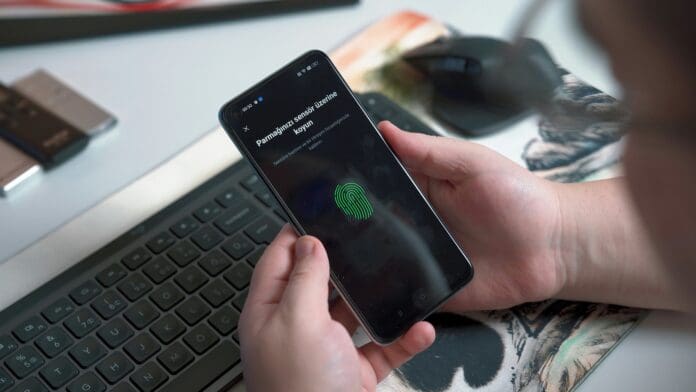This post is also available in:
 עברית (Hebrew)
עברית (Hebrew)
Biometric recognition technology is becoming increasingly widespread as a trusted method for verifying identities, enhancing security, and streamlining processes such as logging into devices and confirming payments. Whether it’s fingerprint scanning or facial recognition, these systems are widely regarded as more secure than traditional passwords due to the unique traits they rely on. However, while this technology offers significant benefits, it also introduces new security risks that must not be overlooked.
As biometric systems grow in popularity, so do the tactics used by criminals to exploit their vulnerabilities. According to a recent report by Europol, the rise of biometric presentation attacks—where criminals bypass security measures by mimicking legitimate users—poses a growing concern. For instance, fingerprints can be replicated using silicone molds. In the realm of facial recognition, attackers can use customized silicone masks, makeup, or even sophisticated software like deepfakes to fool recognition systems.
Deepfake technology, which has already been used to mimic voices and deceive security measures, is an emerging tool in these biometric-based attacks. These developments underline the need for robust countermeasures to prevent misuse and ensure the resilience of these systems.
Europol emphasizes the importance of law enforcement agencies staying ahead of these evolving threats by collaborating with experts in the field. This collaboration is critical for monitoring security gaps, implementing appropriate defenses, and responding swiftly to potential breaches. By staying informed about the latest tactics in biometric exploitation, authorities can improve their ability to safeguard systems and investigate crimes involving biometric fraud.
As Europol’s report highlights, understanding these threats allows investigators to better assess identity verification data, ensuring that criminal activities are effectively addressed.
With these growing threats in mind, it is clear that biometric systems, while powerful, must be continually monitored and refined to maintain their security and effectiveness.


























